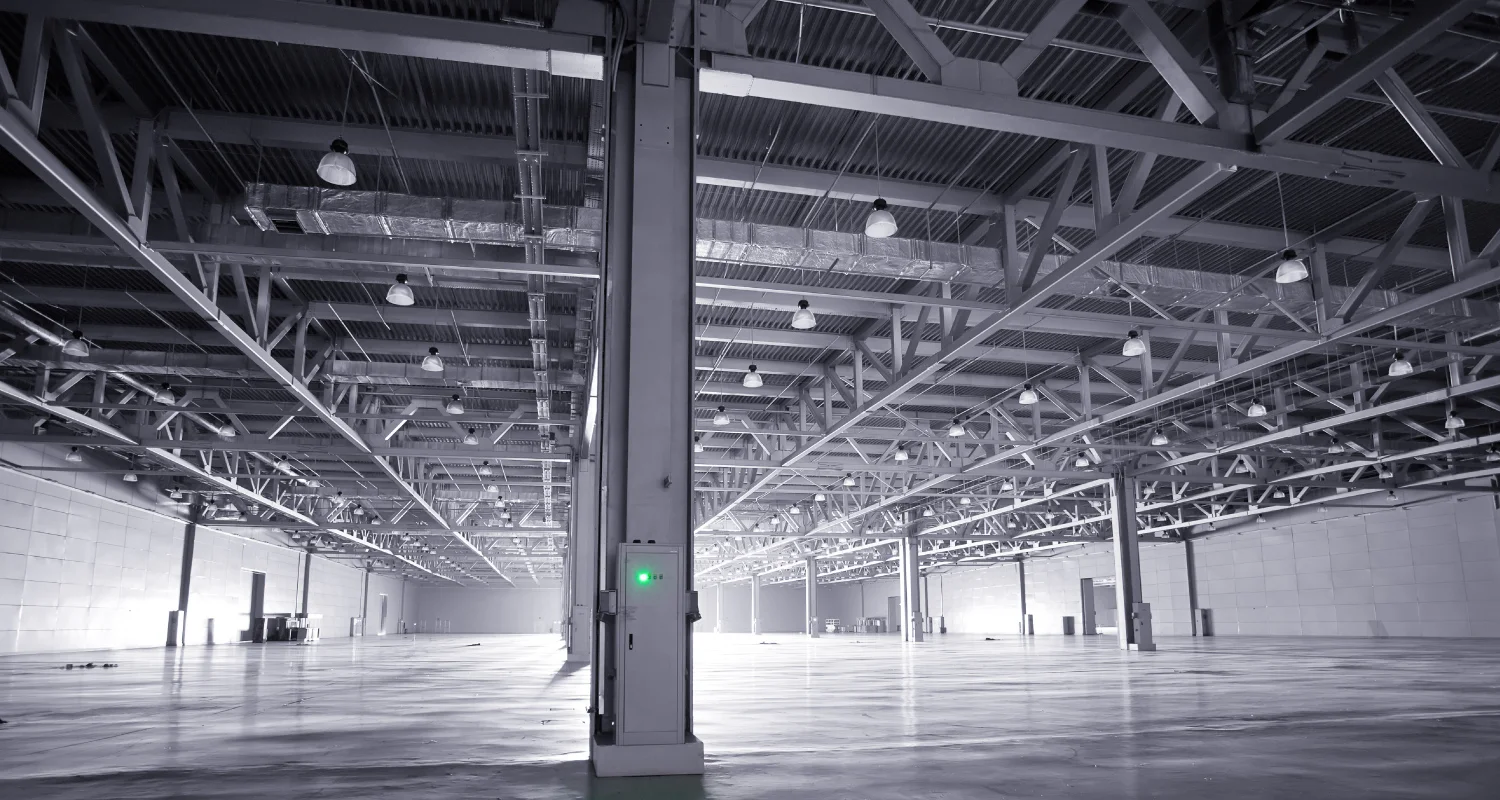C.S Lewis defines courage as not one of the virtues, but every virtue at its testing point, a choice that each person makes when facing a decision that requires trust and a sense of adventure within yourself. We are living through a time period that requires lots of courage for a multitude of reasons, so interviewing the Executive Vice President and Partner of IPG Commercial Real Estate, Jeremy Jensen, SIOR, CCIM, about courage seemed like perfect timing.
I asked Jeremy four questions about the topic:
1.) What, to you, makes an act courageous?
Jeremy: Courage is staring down your fears, face to face, one on one, analyzing risks and rewards, setting priorities, making a plan, and moving forward, with faith, in spite of any paralyzing feelings or emotions that come up along the way.
2.) How would you like to see courage used in the world?
Jeremy: I am very grateful when I see people exercise courage to do the right thing, defend the underprivileged, champion human rights, and love the seemingly unlovable. I love it when courage is used as a tool for making the world a better place.
3.) What is a recent act of courage you have witnessed that you admire?
Jeremy: I admire the courage I see in Candace Keller as she parents a special needs daughter through challenging days, sleepless nights, and a lot of unknowns.
4.) How have you used feelings of courage to succeed?
Jeremy: I have found courage to be most valuable when I have clarity of mind and purpose to help me move forward in spite of my feelings. Mindfulness and meditation have been exceptionally good tools for defining the difference between real and imagined risks. When we truly understand our priorities and have a solid plan in place, courage is the tool that takes you to many of life's treasures.
Courage has the ability to change outcomes for the better and help people gain confidence in ways they have never imagined. As Jeremy said, it can be a tool to make the world a better place.






